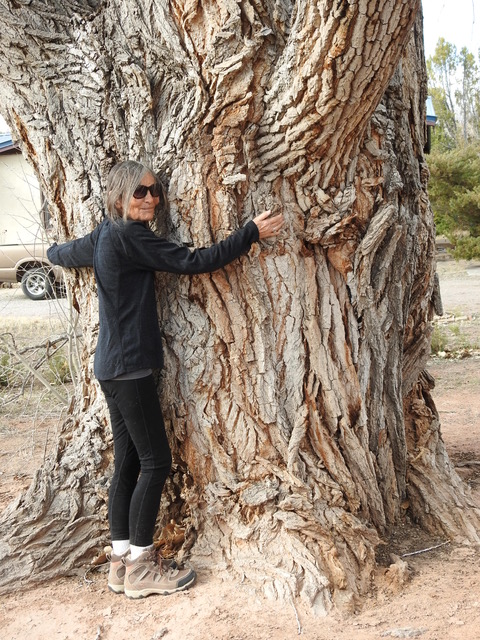
I have become increasingly uncomfortable with the phrase ‘the earth is our mother’ used by so many westerners.
Indigenous peoples have been in an intimate relationship with the earth since the beginning of time so for them calling the earth “Mother” makes perfect sense (they know how to treat her with respect).
In my way of thinking westerners who appropriate the Native perspective, co -opting the sentiment to make it their own feels inauthentic and inappropriate.
The most glaring difference between the two perspectives is that Indigenous peoples consider all living beings their relatives, treating them with deep respect, honoring their individual and collective gifts and by NEVER taking more than they need, be it medicines, trees, animals, or plants for food.
Continue reading “THE EARTH AS GRANDMOTHER by Sara Wright”



 It is past “midsummer” and we are moving into the hottest time of the year without a drop of nourishing, healing rain… When I walk around outdoors I find myself focusing on the many different ferns that grace the forest edges – ferns that hold in precious moisture creating damp places for toads and frogs to hide, places for young trees to sprout, places for the grouse and turkey to hide their nestlings, ferns whose lacy fronds bow low as if in in prayer. Sweet fern covers the hill above and around the brook.
It is past “midsummer” and we are moving into the hottest time of the year without a drop of nourishing, healing rain… When I walk around outdoors I find myself focusing on the many different ferns that grace the forest edges – ferns that hold in precious moisture creating damp places for toads and frogs to hide, places for young trees to sprout, places for the grouse and turkey to hide their nestlings, ferns whose lacy fronds bow low as if in in prayer. Sweet fern covers the hill above and around the brook.